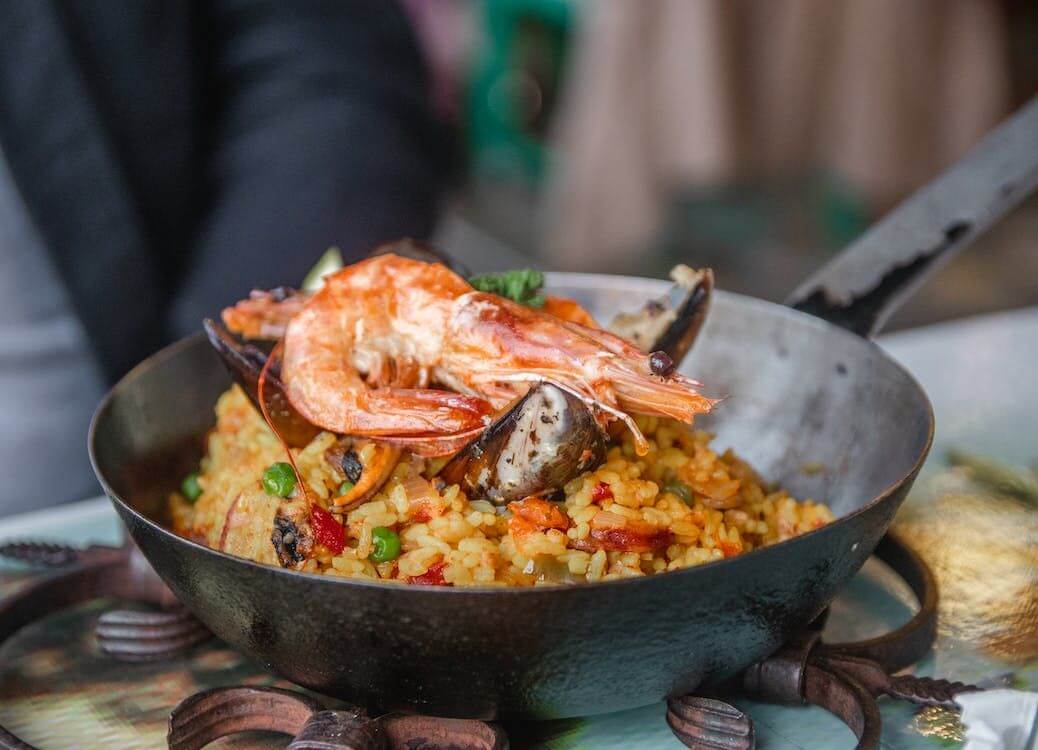If you find yourself leaning towards spicier flavors and a smoother texture, you might want to consider giving droewors a try. On the other hand, if you prefer a chewier texture with a slightly tangy undertone, biltong could be your snack of choice. I
When it comes to the distinction between droewors and biltong, it boils down to their form and texture. Droewors presents itself as thin round sausages, while biltong typically takes the form of thin slices, meticulously cut from slabs of beef. Notably, droewors is often crafted into slender sticks, as it tends to dry more rapidly, particularly in warm and arid conditions, when compared to biltong.
For those on the lookout for a quintessential South African snack, droewors stands out as a prime choice. This delectable treat is a dried jerky sausage, derived from the beloved boerewors sausage. Comprising beef or mutton, blended harmoniously with sheep tail fat, coriander, vinegar, and an assortment of spices, droewors is occasionally enhanced with the rich flavors of garlic or chili peppers.
The choice between biltong and droewors hinges on personal taste preferences, texture inclinations, and the desire for a spicy or tangy flavor profile. It’s a flavorful dilemma that showcases the diversity and vibrancy of South African cuisine.
A Flavorful Showdown
Pros of Biltong:
When it comes to biltong, its chewy texture and tangy flavor profile are major draws for many. This snack offers a unique mouthfeel and a distinctive taste that appeals to a wide audience. Additionally, biltong can be a rich source of protein, making it an excellent choice for those seeking a high-protein snack option. Furthermore, its longer shelf life compared to droëwors makes it a convenient choice for on-the-go snacking or for keeping a supply on hand.
Cons of Biltong:
Some may find the chewy texture of biltong to be an acquired taste. Its slightly tougher consistency can be less appealing to those accustomed to softer snacks. Additionally, biltong’s tangy flavor may not suit every palate, potentially limiting its appeal to a broader audience. It’s important to note that while biltong is a protein-rich option, it may not be the best choice for individuals with specific dietary restrictions, such as those seeking vegetarian or vegan alternatives.
Pros of Droëwors:
Droëwors offers a contrasting experience, characterized by its spicier flavors and smoother texture. For those who enjoy a kick of heat and a more easily chewable snack, droëwors can be a preferred choice. Its composition, often including a blend of spices, provides a distinctive taste that sets it apart. Additionally, droëwors’ quicker drying process in warm conditions can make it a more readily available option, ensuring a fresh supply is easily attainable.
Cons of Droëwors:
While droëwors boasts a smoother texture, this can also be a drawback for some individuals who prefer the heartier chew of biltong. Additionally, its spicier profile may not be well-suited for those with sensitive taste buds or a preference for milder flavors. It’s important to consider that droëwors, like biltong, is a meat-based snack, which may not align with certain dietary choices or restrictions.
Origins of Biltong and Droëwors
The Roots of Biltong:
Biltong, a quintessential South African snack, traces its origins back to the indigenous Khoisan people. In the arid climate of Southern Africa, they devised an ingenious method of preserving meat: air-drying thin slices of game, allowing it to last for extended periods. This technique, which later evolved into what we now know as biltong, became an integral part of their sustenance and survival. With the arrival of European settlers in the 17th century, the practice was adopted and adapted, eventually becoming a beloved staple in South African cuisine.
The Birth of Droëwors:
Droëwors emerged as a variation of biltong, born from a need for a quicker-drying meat snack. The early Dutch settlers in South Africa sought a portable, high-protein food source that could sustain them during long journeys and hunting expeditions. This led to the development of droëwors, distinct from biltong due to its thinner, sausage-like form. The addition of spices, including coriander and various seasonings, contributed to its unique flavor profile. Over time, droëwors became a cherished delicacy, celebrated for its convenience and taste.
Traditional Practices Evolve:
Modern technology and a deeper understanding of food preservation allowed for refinements in the drying process. Traditional ingredients were complemented by new flavors and spices, expanding the range of tastes offered by these iconic South African snacks. Today, both biltong and droëwors continue to be enjoyed in their classic forms, as well as in contemporary variations that reflect the diverse preferences of a global audience.
From Local Delicacy to Global Phenomenon:
In recent decades, biltong and droëwors have transcended their South African origins to gain international recognition. With their distinctive flavors and high nutritional value, these snacks have found a global fanbase. South African communities abroad have played a pivotal role in introducing these treats to the world, fostering an appreciation for the rich cultural heritage from which they arise. This journey from local delicacy to global phenomenon is a testament to the enduring appeal of biltong and droëwors
South African Snacking
From the ancient techniques of preserving meat to the modern interpretations that grace tables worldwide, these iconic snacks hold a special place in the cultural tapestry of South Africa. As we savor the nuanced tastes and celebrate the ingenuity of our forebearers, it’s essential to acknowledge the challenges faced by many in our diverse audience. The accessibility of these beloved treats can vary, and understanding these nuances fosters a deeper appreciation for their significance.
Your Story, Your Flavor
We invite you to share your own experiences and preferences regarding biltong and droëwors. Perhaps you have a cherished family recipe or a favorite local spot where you indulge in these delectable snacks. Your stories add to the rich narrative of South African snacking, connecting us through shared traditions and flavors. By engaging in this conversation, you contribute to a broader understanding of the cultural significance of biltong and droëwors.
Let’s Keep the Conversation Alive
As we wrap up this exploration, we encourage you to continue the dialogue. Share this article with fellow enthusiasts, sparking conversations about your preferred snack and the memories it evokes. Your voice is an integral part of preserving and celebrating the legacy of biltong and droëwors. Together, we ensure that these iconic South African treats remain a vibrant part of our collective heritage for generations to come.
Unraveling the Snack Conundrum
Whether you’re a devoted biltong enthusiast or a droëwors devotee, this comparison offers valuable insights to inform your snacking choices. If you’re as passionate about these South African culinary treasures as we are, we’d love to hear your thoughts! Feel free to reach out through our contact form to share your own experiences, preferences, or even cherished family recipes. Your voice adds depth and flavor to the ongoing conversation about these beloved snacks. Join us in celebrating the rich tapestry of South African snacking traditions!




